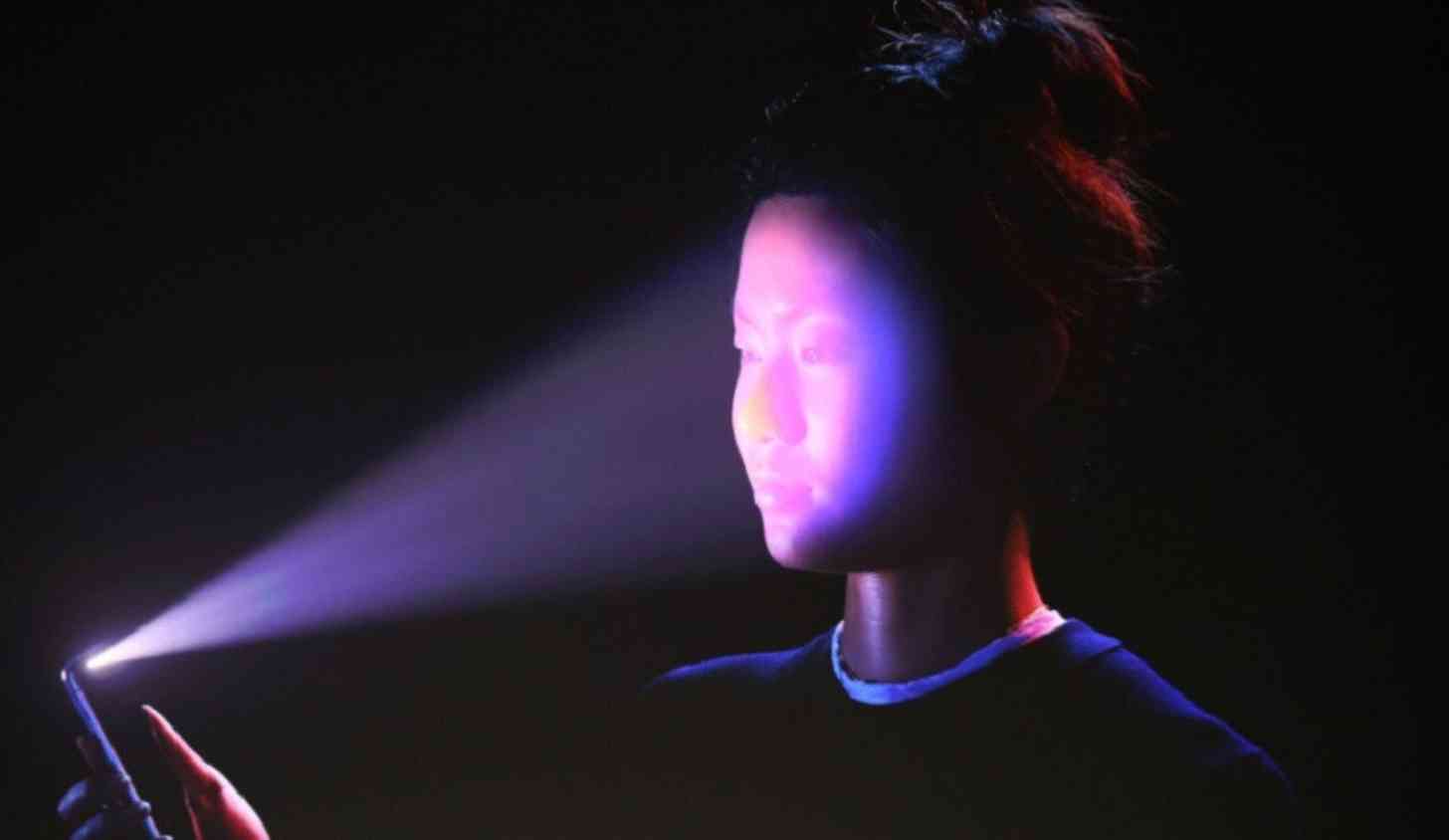
One of the biggest announcements to come from yesterday’s Apple event was the reveal of the iPhone X, which was actually the third iPhone Apple announced yesterday in case you missed it. iPhone X was without question the showstopper of the event with its 5.8-inch Super Retina bezel-less display, a design which ultimately removed the iconic home button that has been on every iPhone since its inception. Although many manufacturers who have also gone bezel-less over the past year simply moved their home buttons and fingerprint sensors to the back or the side, Apple chose to remove theirs completely.
Over the years, the home button has become much more than a button to press to return home or access shortcuts; it’s become a habit. When Apple introduced Touch ID in the iPhone 5S, it was a turning point for the industry. Although not the first to do so, Apple implementing fingerprint scanners was the first step towards the feature becoming as prevalent as it is today, mainly because when Apple does something, everybody wants to do it (see: headphone jack).
But the iPhone X doesn’t have a home button at all. Instead, Apple employed the use of a “side button”, which serves as a power button, Siri summoner, and Apple Pay prompt. It does not have a fingerprint sensor, just Face ID.
On paper, Face ID sounds like a decent solution. It’s supposedly two times faster and 20 times safer than Touch ID, although failure of the feature during yesterday’s demo might have us question how well it really works in its current state. But it isn’t really whether it’s safer or faster that concerns me; I mostly just wonder if people are going to prefer the way it works over fingerprint scanners.
What I’ve learned to love about fingerprint sensors is that I can use it to unlock my phone before I even get a chance to look at it. I keep my phone in my pocket, and it’s a habit for me to reach into my pocket, subconsciously put my finger on the fingerprint sensor while it’s still in my pocket, pull it out and voila. I’m ready to go. But pulling my phone out and putting it in front of my face sounds like it’s going to be worse in two ways: it takes more time and it’s less convenient. Instead of having my information at the ready before I can see it, I now have to wait until I get the phone out and physically hold it up in front of my face, and then the phone is ready.
There’s also Apple Pay, which Face ID also replaced Touch ID with. Instead of discreetly working with your phone to quickly submit a payment, you’ll need to lift your phone to verify your face to make sure it’s really you making the purchase by holding up your phone for Face ID. Even if it works, it stills seems a little awkward in comparison.
I get the appeal. Face recognition is very futuristic in my opinion, on par with flying cars and advanced robots like Rosie from The Jetsons, but I’m just not convinced that it’s necessarily more practical than fingerprint scanning is. I mean, we’re still using our hands to lift our phones up to our face anyway, so it’s not like we’re really doing ourselves a favor convenience-wise.
I’m not sure how much I trust the security of facial recognition, either. Face ID is supposed to be 20 times more secure than Touch ID in the sense that there’s a million to one chance that somebody else will be able to unlock your phone with their face (are twins included in that?) compared to Touch ID’s 50,000 to one, but for some reason that doesn’t make me feel more comfortable. I still don’t trust Face ID to work without a secondary method of authentication just as much as I don’t trust Touch ID to work without a secondary method.
Although we don’t have any real world use with it yet, my guess is that, like the early days of Touch ID, the technology is far from perfect and will take some getting used to. I’m not a fan of Face ID right now because it doesn’t appear to serve a solid purpose over Touch ID other than making room for more screen on the iPhone X. It also appears to be less discreet than fingerprint sensors, depending on how wide the field of vision works with the technology, and in my head the idea of holding a phone out at a particular angle to unlock my phone just seems kind of… I don’t know, goofy.
On the other hand, I remember having some concerns with fingerprint scanners as well when they first started becoming commonplace, and now they’re one of my favorite features – so much so that I’m having problems imagining life without them, especially with face scans.
Even though other manufacturers have implemented facial recognition and, similarly, iris scanners as a biometric security measure, those examples tend to keep a fingerprint scanner somewhere on the device as a fallback considering things like sunglasses, haircuts, hats, and facial hair still manage to get in the way. And although Apple claims that Face ID, with its ability to analyze a face’s entire profile rather than just one part, won’t be deterred by such commonplace changes (or even fooled by photos), it is yet to be fully put to the test. Should Face ID fail to live up to its promises, having no Touch ID to fall back on could ultimately cause some problems.
Readers, what are your thoughts on facial recognition versus fingerprint scanning?